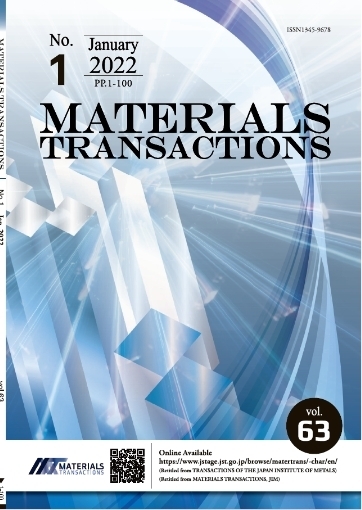Mechanism of Crack Generation in Carbide Surface Layer of Laser-Clad Iron Alloys
Akio Kagawa, Yasuhira Ohta, Kazunori Nakayama
pp. 1261-1265
抄録
The mechanism of crack generation in the surface chromium carbide layer formed by laser cladding of an iron substrate with a mixed powder of raw materials has been investigated for different laser melting procedures. On the vertical section of the specimens subjected to cross laser scanning, vertical cracks across the surface carbide layer were observed on one side or both sides of the laser melted track, and some interfacial cracks were observed at the interface between the carbide layer and the iron substrate. Stress analysis revealed that vertical cracks may be caused by a tensile stress generated just after the solidification of the laser melted region due to the restriction of the unmelted carbide on both sides, while interfacial cracks may be generated due to a stress resulting from a steep temperature gradient beneath the top surface and the difference in the coefficient of thermal expansion between the chromium carbide and the iron substrate.










